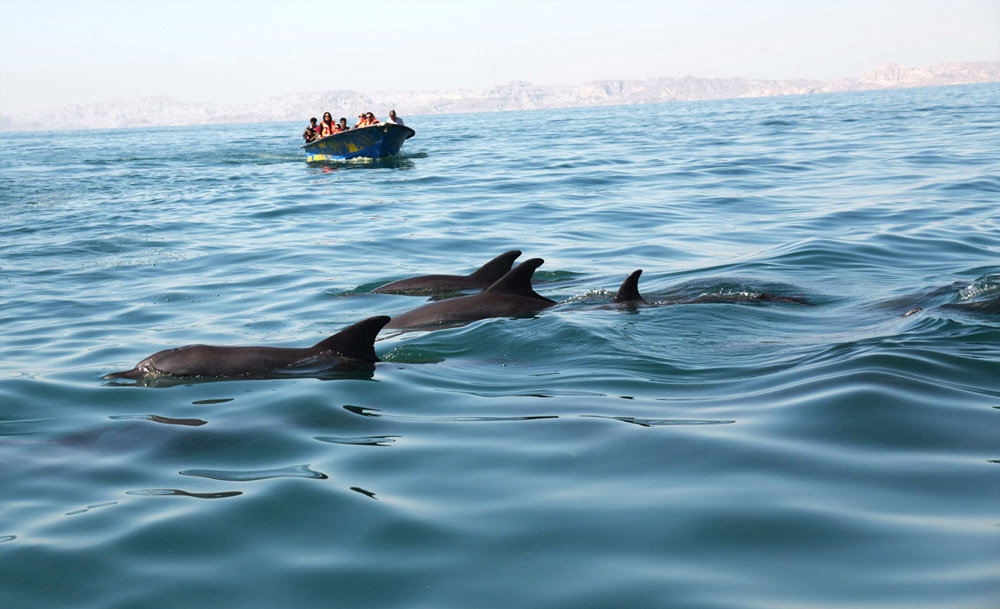Qeshm Geopark’s application to reenter the list of global geoparks has been sent to UNESCO for review, the park’s direction was quoted as saying by Mehr News Agency.
“Experts from the Global Geopark Network are expected to conduct preliminary evaluations next year, and the dossier will be complete by September 2016 if no flaws are found,” Hamidreza Mohsenpour said.
During the 13th European Geoparks Conference in Finland (Sept. 3-6), Qeshm Geopark was supported by the summit’s leading participants, including Margaret Patzak of UNESCO’s Division of Ecological and Earth Sciences.
“The overwhelming support of those who attended the conference was so influential that the proposition to inscribe the site without it being put on the waiting list was welcomed.”
Finland, Norway, Iceland and Portugal expressed their readiness to help Iran’s only geopark meet UNESCO’s criteria to reenter the list. Mohsenpour thanked the Qeshm Free Zone Organization and other entities in helping to reenter the site on the prominent list.
Some of the standards which must be met include installation of legible road signs and receiving permission from the Department of Environment to launch activities in protected areas and mangroves.
Qeshm geopark was the first geopark in the Middle East to become a member of the Global Geoparks Network.
However, it was dropped from the coveted list in 2013 due to problems that have remained unresolved for too long.
Since then, Qeshm Free Zone Organization has been trying to bring the island up to international standards and it has received five billion rials ($153,000) to develop infrastructure.
A geopark is a unified area with geological heritage of international significance. Geoparks use this heritage to promote awareness of key issues facing society in the context of planet Earth.
The Global Geopark Network has been established by UNESCO to register such parks, protect geoparks, provide education and set standards for green tourism.
To comply with UNESCO standards, a geopark must have appropriate infrastructure and adequate accommodations for tourists, in line with environmental standards while protecting the natural landscape.
Qeshm Island is home to one of Iran’s seven free zones and a top holiday destination. Aside from the sandy beaches, the Persian Gulf island’s famed mangrove forests in the Hara Protected Area draw large numbers of domestic and foreign tourists.


